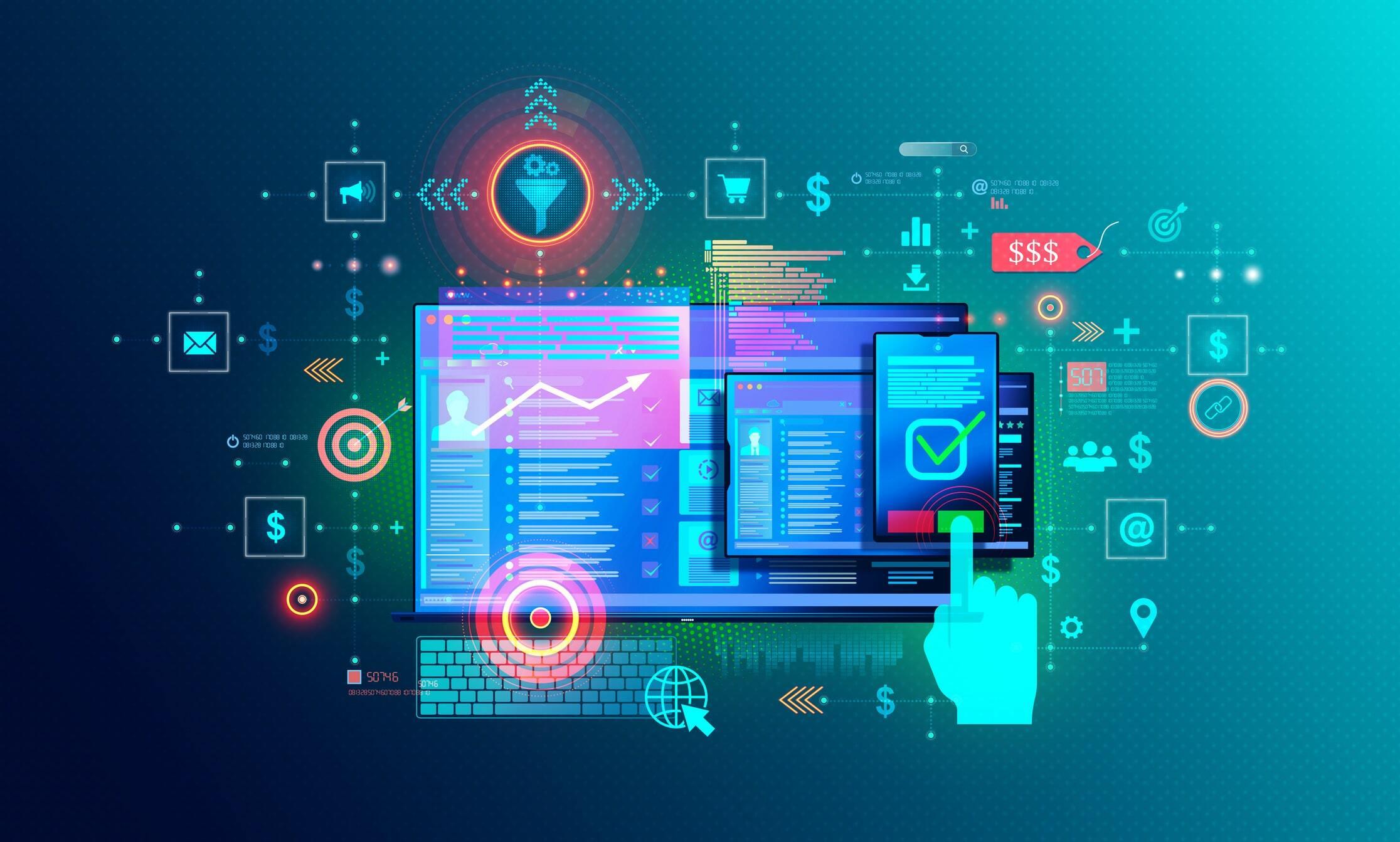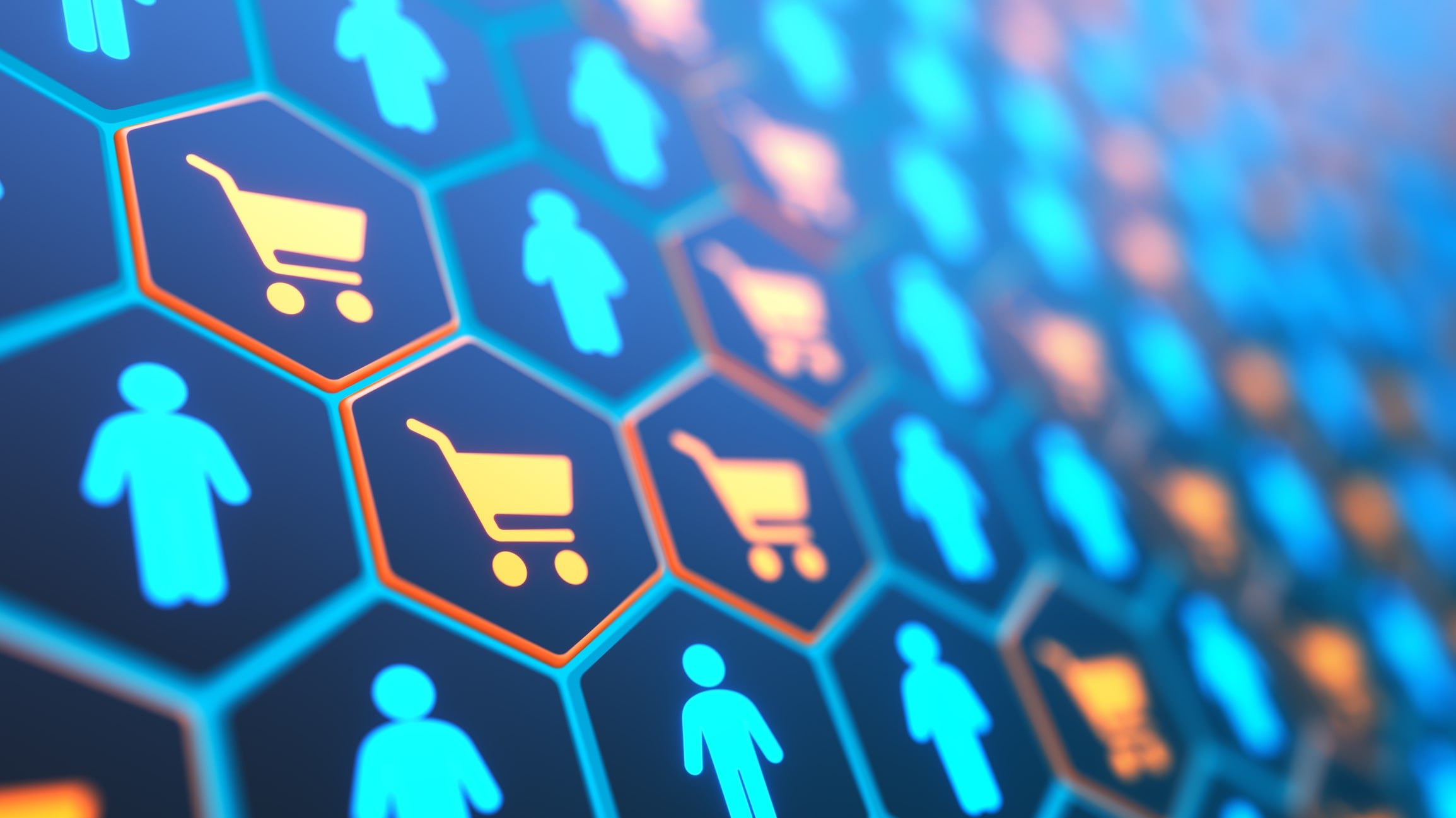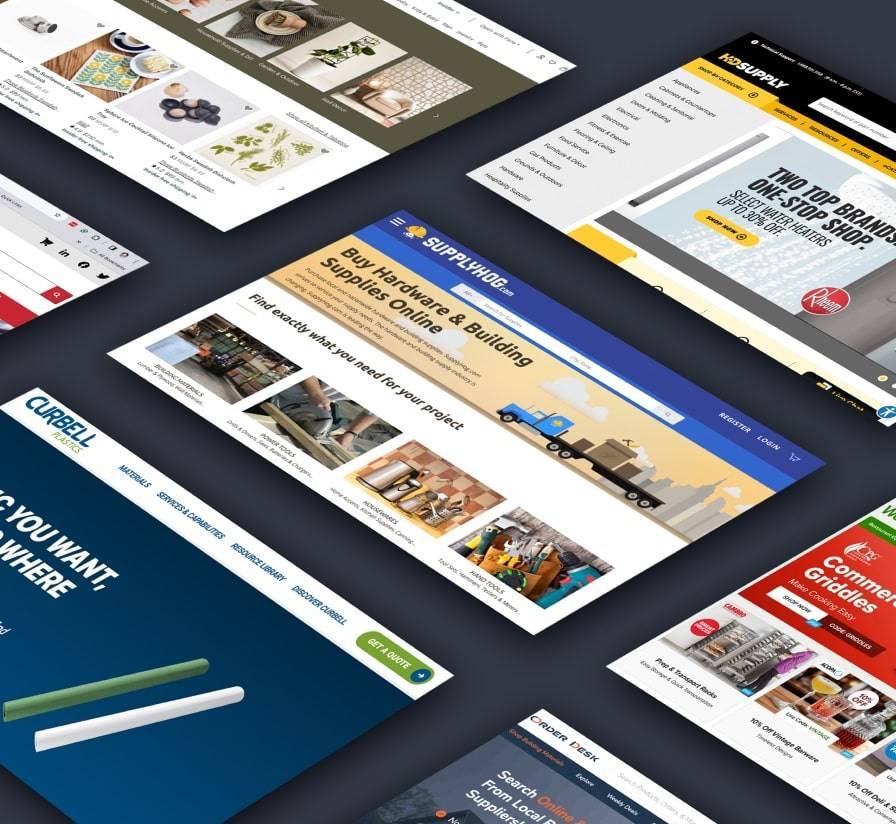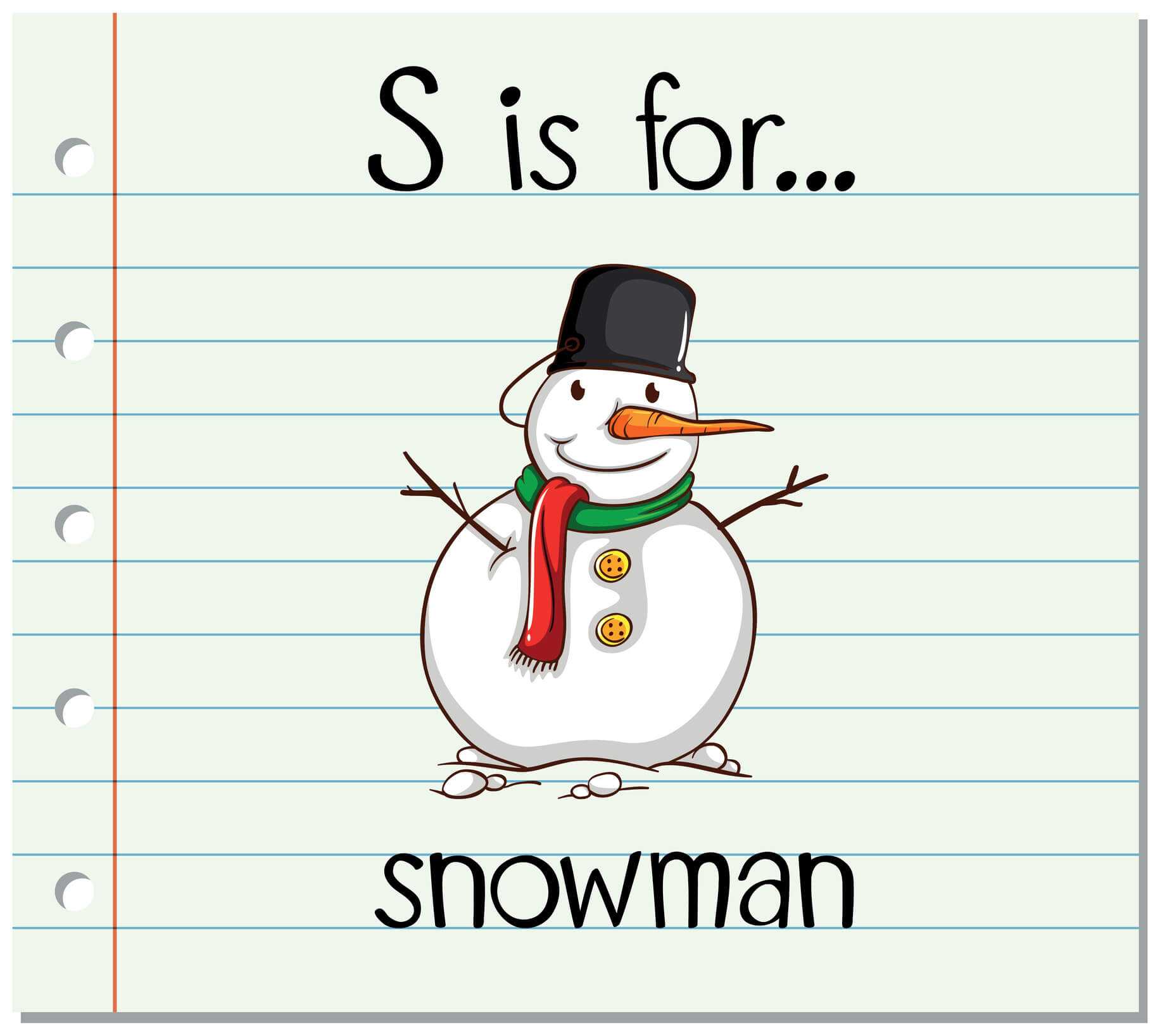

CNC Websites Suffer from Lack of Performance
A recent study conducted by DBS Interactive has revealed that websites in the Computer Numerical Control (CNC) equipment and engineering industry are significantly underperforming against best practices in critical areas of website performance, searchability, and accessibility.
About the Study
The study assessed approximately 200 randomly selected websites of distributors, service and parts dealers, and Original Equipment Manufacturers (OEMs) within the CNC manufacturing sector. The evaluation used Google’s free Lighthouse tool to measure four key metrics for measuring the quality of a website’s user experience: Performance, Best Practices, Accessibility, and SEO. Alarmingly, only one website out of the entire sample achieved a score between 90 and 100 in all four categories.
Why Performance Matters for CNC Businesses
Poor performance for Lighthouse metrics can indicate a website's organic search rankings and overall visibility on search engine results pages (SERPs) are compromised. Search engines like Google prioritize websites that offer fast load times, conform to robust best practices, and are built with accessibility and SEO in mind. As websites are often the first touchpoint for potential clients of CNC businesses, the dismal scores should raise significant concerns. Inefficient websites can drive away visiting prospects and frustrate customers, underscoring the need for CNC companies to prioritize improving their online experience to remain competitive in the digital age.
The Importance of Search in B2B Business
Websites that score poorly in these areas are likely to experience diminished organic search rankings, making them less visible to potential CNC manufacturing customers. Reduced visibility leads to a significant decrease in web traffic, limiting opportunities for CNC integrators and equipment providers to engage and convert visiting prospects into customers and sales. Studies show potential customers most often click organic search results on the first page–frequently the top three spots–and little else. They may never encounter listings on subsequent pages. CNC companies with subpar websites risk losing valuable traffic and business opportunities, making optimization a critical priority.
Performance Woes
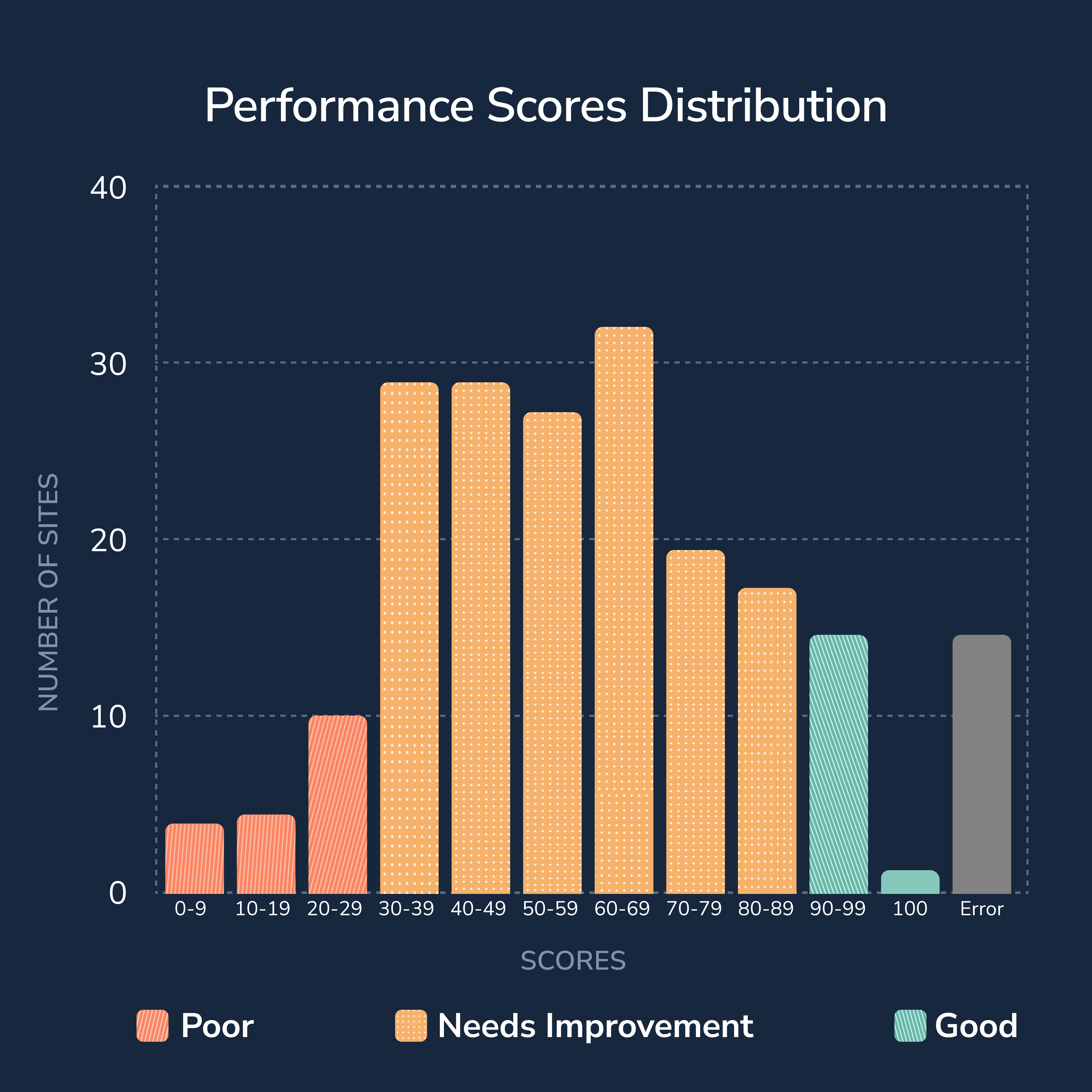
The majority of websites for CNC companies fall in the range of “Need Improvement.”
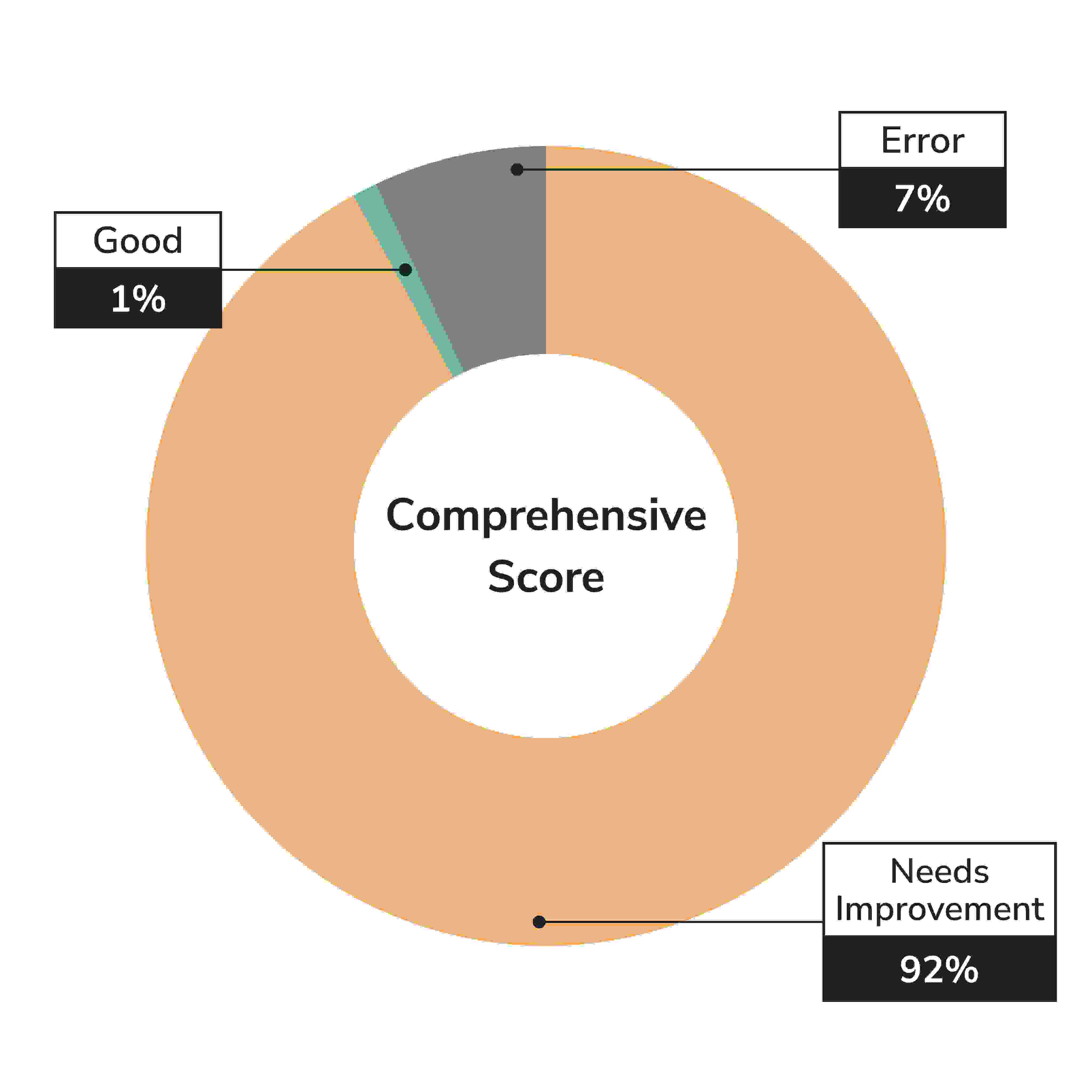
Over 90 percent of cnc websites need improvement based on Google Lighthouse testing.
Performance Score Highlights (Page Speed)
- 85% had scores indicating Poor or Needs Improvement
- One site scored 100
- The average score was 57
- 48% Need Improvement
- 8% of the sites returned errors during testing
The Performance component of Google Lighthouse evaluates how quickly a webpage loads and becomes interactive for users. It checks things like how quickly the content appears on the screen (First Contentful Paint), how smoothly everything loads (Speed Index), and how soon you can start clicking and interacting with the page (Time to Interactive). Basically, it evaluates different aspects of the loading process. Most CNC-related websites need help in this area, with load times and performance scores often falling below optimal levels. The average performance score was 57, and the median was 74. Page loading times faster than 4 seconds are considered good. Of the CNC sites tested, 141 had speeds slower than that, with 116 forcing users to wait more than 6 seconds. One site took nearly 66 seconds to load, and the next closest site loaded in about 47 seconds. Akami, the cloud computing company, found that conversion rates can drop by 7% for every 100-millisecond delay in load time or a tenth of a second. That’s a lot of lost business opportunities. “Like David Lee's clutch tip in 2006 for the New York Knicks with 0.1 of a second on the clock, fast website page speed can be crucial. A lot can happen in a fraction of a second,” DBS Marketing Director Steve Fowler said. In the competitive CNC landscape, where companies vie for attention and credibility, a fast and responsive website can make a game-winning difference. AutoAnything, an e-commerce subsidiary of AutoZone, is often cited as a relevant example. Website developers cut page load times in half, increasing conversions by nine percent. Studies by Google confirm that users have little patience for slow-loading websites. Google Analytics shows that the probability of a user bouncing or leaving a website immediately increases by 32% as page load times go from 1 second to 3 seconds.
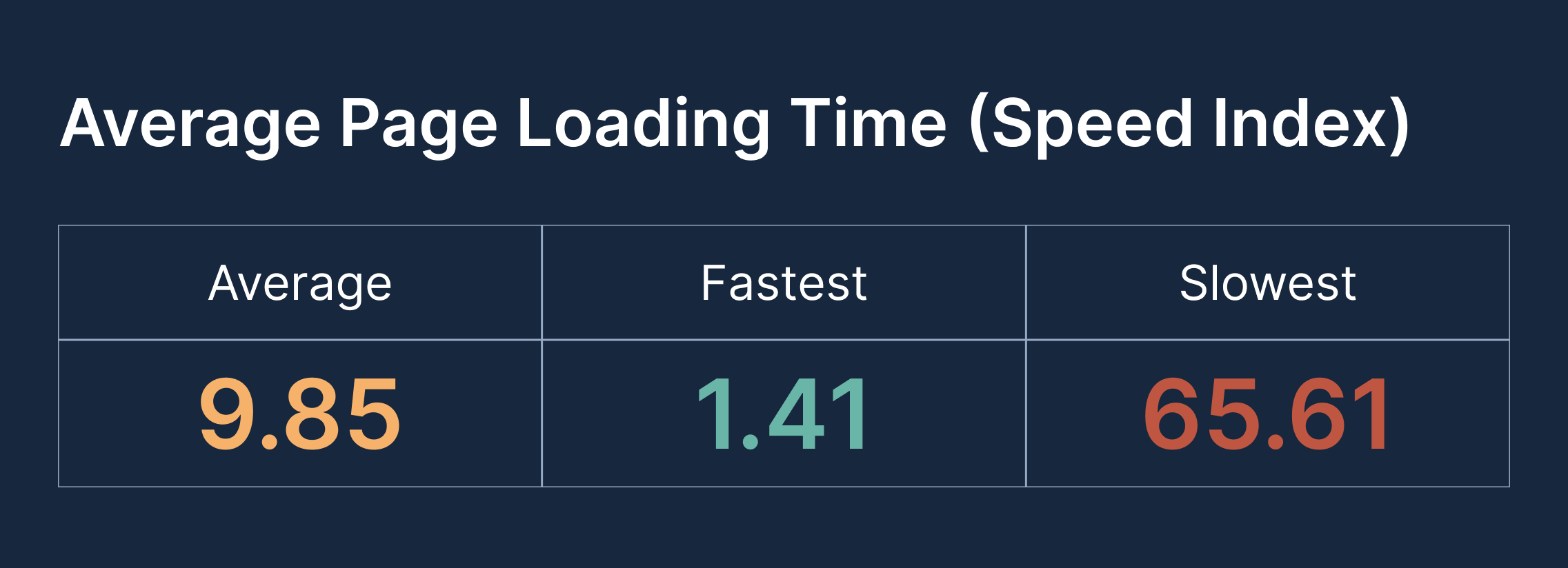
Studies show that the likelihood of a user converting decreases as page loading time increases.
Accessibility Non-Negotiable for CNC-related Sites
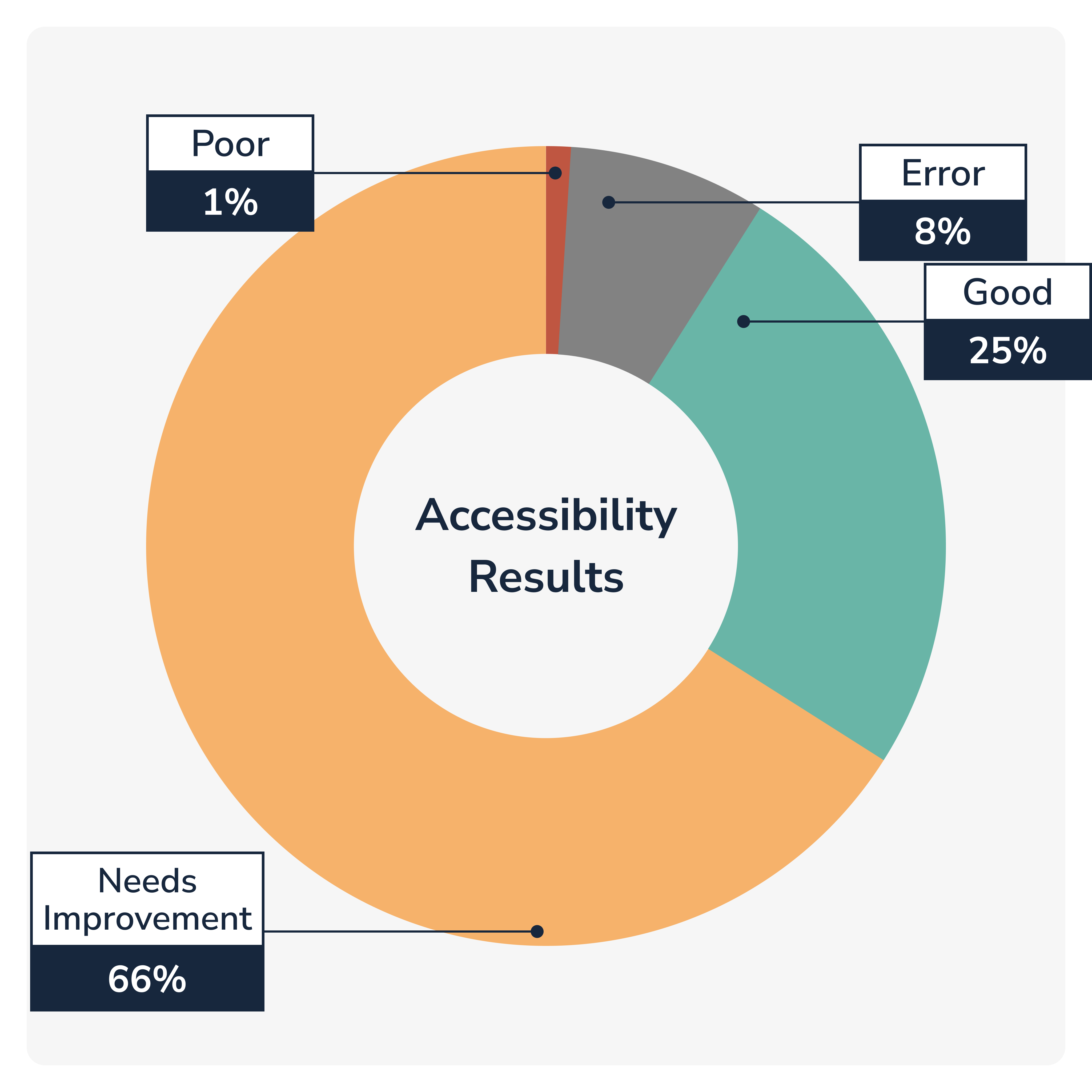
Most of the websites for CNC companies fall short of meeting the optimal standards for providing a user-friendly experience for everyone.
Cyndi Master, Owner and CEO of DBS Interactive, expressed astonishment at the disparity, noting, "Accessibility isn't a feature, it's a fundamental aspect of user experience. Ignoring accessibility is like locking the door to your website for many potential users."
An accessible website is vital in enabling all users to navigate and interact with the site effectively. This includes individuals with age-related vision impairments, hearing difficulties, or motor skill challenges. On the high-scoring end of the spectrum, 9 sites scored 100, and 42 scored in the 90s. Search engines recognize the need for this level of user experience. Accessibility is a ranking factor for organic search performance. Low accessibility scores also raise a red flag for legal departments, always on alert for exposer to lawsuits. The Americans with Disabilities Act has been interpreted to include websites just as it requires accessibility for physical places. Despite lawsuits against notable companies like Domino's Pizza, Target, and Harvard University, companies have not come around to building and maintaining a website that complies with the Americans with Disabilities Act (ADA). Today that generally means the WCAG 2.1 AA criteria.
Benefits of an Accessible Website
- Improved search engine performance
- Positive brand reputation
- Faster user experience
- Improved user pathways
- Attracts and serves a wider audience
- Reduced legal exposure
Any Lighthouse score below 90, means the website could be a target of a lawsuit. “We’ve seen low accessibility scores across all industries,” said John Golden, Director of Development at DBS Interactive, with problems ranging from missing Alt Text and poor color contrast to inaccessible form controls and keyboard navigation issues,” he said.
Credibility and Security at Risk

At least 30 percent of websites for CNC companies are not built with HTTPS.
The Mobile Experience Matters
Another finding in the study revealed only 1 website incorporated the Progressive Web App (PWA) technology. As more users access websites from mobile devices, performance optimization becomes essential.  Methods Machines was the only website built as a Progressive Web App Google Lighthouse evaluates a website's performance on mobile devices, emphasizing the need for responsive design and efficient loading times to cater to the growing mobile user base. Websites built as PWAs are faster, more responsive, and capable of performing like an app, yet can still be indexed for search and usable as a traditional website. The architecture of a PWA supports a better user experience.
Methods Machines was the only website built as a Progressive Web App Google Lighthouse evaluates a website's performance on mobile devices, emphasizing the need for responsive design and efficient loading times to cater to the growing mobile user base. Websites built as PWAs are faster, more responsive, and capable of performing like an app, yet can still be indexed for search and usable as a traditional website. The architecture of a PWA supports a better user experience.
PWA Benefits
- Fast loading time
- Operates on poor networks
- Small development footprint
- Integrates app-like features
- No app stores, no downloads
- Instant updates
Here are easy-to-follow instructions for running the Google Lighthouse tool.
Optimizing PPC Impact for CNC Websites
The success of digital advertising campaigns hinges on a company's website performance. Like many businesses, CNC companies may supplement organic search results with paid digital advertising to increase visibility and attract potential clients. However, without an optimized website, these efforts may result in wasted ad budgets and missed opportunities for driving conversions. "Improving website performance is key for successful digital ad campaigns, Fowler said. Adding that “enhancing site performance boosts both organic and PPC results." Google's evaluation of user experience extends to websites linked to PPC campaigns, influencing the Quality Score of ads.
The Impact of Low Quality Scores
Lower Ad Placement: Websites with low Lighthouse scores may be displayed lower on the search engine results page (SERP), reducing visibility and click opportunities. Increased Cost per Click (CPC): Google rewards advertisers with higher Quality Scores by offering lower CPCs. Low scores can lead to higher costs per click, affecting overall campaign budget efficiency. Reduced Ad Extension Impact: A suboptimal website experience limits the effectiveness of ad extensions, diminishing their impact on ad visibility and user engagement. Lower Impressions and Click-Through Rates (CTR): Websites with poor performance scores may generate fewer impressions and a lower click-through rate (CTR), impacting the overall effectiveness of PPC campaigns. An optimized website provides users with an exceptional experience and contributes to better ad performance, including higher conversion and reduced bounce rates. Fowler, emphasizes the broader impact of website optimization beyond paid ads, stating, "Optimizing your website is like giving it a turbo boost in the race for search engine rankings." Optimization of a website’s performance enhances user experience, and maximizes the impact of PPC campaigns, ensuring that ad budgets are utilized effectively to drive meaningful results and conversions for automation engineering companies. Emphasizing the financial implications, Fowler said, "Nobody can afford to waste valuable marketing dollars. "Keeping Your Website Healthy Poor scores present opportunities for automation engineering firms to implement website performance improvements. Companies can document the results of the effort by tracking improved search rankings, higher click-through rates, and Lighthouse scores. “It’s an investment that benefits visitors and the bottom line,” she said.
Keeping Your Website Healthy

Almost half of the websites for CNC companies need SEO improvements.
About the Website Study
DBS Interactive, a full-service digital agency in Louisville, Ky., reviewed 199 websites for CNC-related companies in June 2024. The results match previous studies for the websites of industrial and healthcare companies, indicating that the lack of adherence to best practices is common. The problems are not limited to a specific business sector. Evaluations were done on the mobile component of the Lighthouse tool because Google considers that over the desktop for organic rankings. Quick Facts
- 16 websites scored “Good” (above 90) for Performance
- 74 websites scored “Poor” (below 50) for Performance
- 1 websites scored above 90 for all four test components
- 1 websites were built as Progressive Web Apps (PWA)
- The percentage of sites achieving “Good” scores on the SEO test lagged behind those needing improvement, 45% Good vs 48% Needs Improvement.
“Addressing performance issues and enhancing accessibility ensures compliance with digital standards and positions businesses for sustained success in the competitive digital landscape,” said Cyndi Masters, CEO and Founder of DBS Interactive. As CNC-related companies navigate the competitive digital landscape, the study highlights the need for a proactive approach to web development. Addressing performance issues and enhancing accessibility ensures compliance with digital standards and positions businesses for sustained success
Errors Prevented Testing Fifteen sites (8%) could not complete the battery of Google Lighthouse tests. These are designated as errors in the graphics and the list of results. There are numerous possible reasons for the testing failure.
- Slow server response time
- Unoptimized images or resources
- JavaScript and CSS render-blocking
- Large page size
- Lack of caching mechanisms
- Broken or incorrect links
- Accessibility issues
- Deprecated HTML/CSS/JavaScript features
- Inefficient code execution
- Cross-origin resource sharing (CORS) issues
CNC-related Facilities Tested
DBS Interactive randomly selected these sites cities for testing using the Google Lighthouse audit tool. Websites scoring between 90-100 are considered to have GOOD performance. Scores ranging from 50-89 NEED IMPROVEMENT, and scores from 0-49 are considered POOR.
